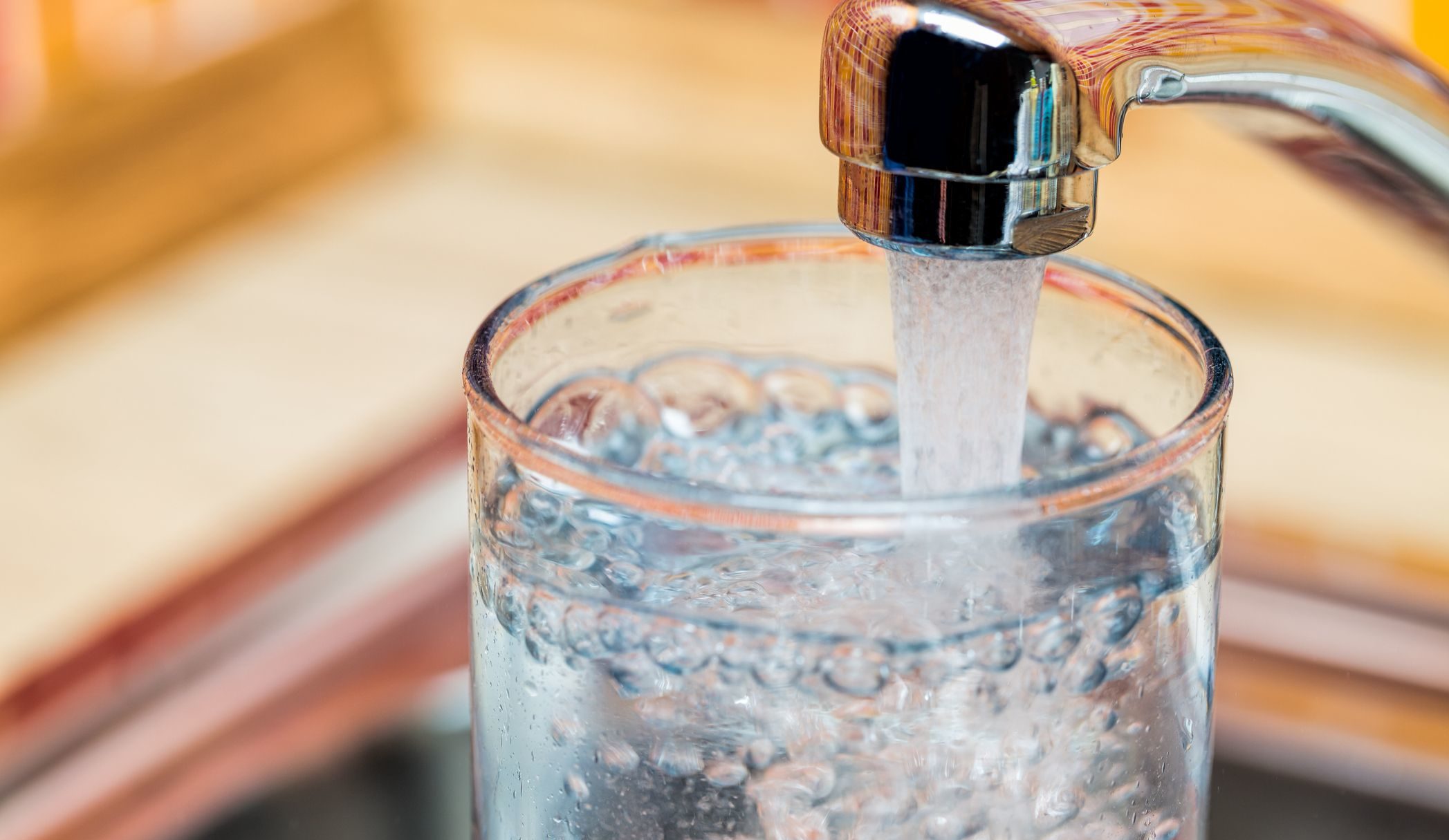In spite of good progress in water hygiene during the recent decades, contaminated water still causes millions of diseases every year. Most of these diseases are caused by enteric viruses, and better water disinfection methods could help prevent discomfort and even save lives. A new study from the University of Eastern Finland shows that a combined disinfection treatment with chlorine and UV radiation can be crucial to effective water disinfection.
The study isolated different coliphages from treated municipal wastewater. Coliphages are viruses that infect E.coli bacteria, and they can be used as models for human enteric viruses in disinfection studies. Nearly half of the isolated coliphages were highly resistant to chlorine or UV radiation, and this is why neither chlorine nor UV radiation alone were effective against all coliphages.
“This highlights the importance of a combined treatment,” said Doctoral student Alyaa Zyara, MS.c., from the University of Eastern Finland, who presented the results in her doctoral dissertation.
When coliphages were first exposed to a low chlorine concentration (0.1 or 0.5 mg Cl/L) for 10 minutes followed by low UV radiation (only 22 mWs/cm2), more than 99.9 per cent of all of the coliphages studied became inactivated. However, when the order of the treatment was reversed (UV first, chlorine second), disinfection was much less effective.
“It is more effective to first use a low dosage of chlorine followed by a low dosage of UV radiation than to use high chlorine or UV dosages alone. The order of treatment is also important: using UV radiation first and chlorine second was less effective. In other words, the combination treatment using chlorine first and UV second can be recommended as a disinfection method for viruses,” she said.
The study also tested novel UV-LED technology, as UV-LEDs are a new method for disinfecting drinking water. The study used UV-LEDs operating at a wavelength of 270 nanometers and with a 120 molecular weight irradiation capacity, which haven’t been used in disinfection studies before. As little as 2 minutes of this UV-LED treatment was enough to cause a 90-99.9 per cent reduction in the coliphages tested in a 5.2-litre reactor. Irradiation time of 10 minutes in the same reactor increased the reductions to 99.99 – 99.999 per cent. A traditional mercury UV lamp at a 254-nanometer wavelength caused similar or slightly higher reductions in 2 or 10 minutes, but the water volume was only 10 millilitres.
“UV-LEDs are a promising method for disinfecting water since they consume less energy than traditional mercury UV lamps. Furthermore, as UV-LEDs do not contain any mercury, they are safer for the environment.”
Zyara’s thesis entitled Removal of Viruses from Drinking Water by Chlorine and UV Disinfections is available for download at http://epublications.uef.fi/
The findings were originally reported in Journal of Water and Health, and Water.









